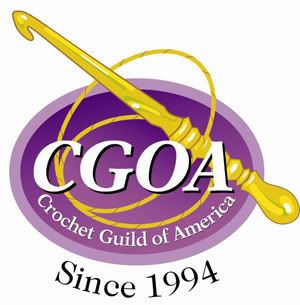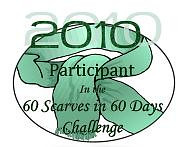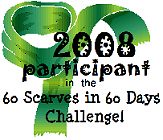A Choice Collection of Useful Designs for the Crochet and Knitting Needle
I think I've discovered some fascinating crochet history. I'm downloading and printing a book that's in the public domain. It's titled Home Work: A Choice Collection of Useful Designs for the Crochet and Knitting Needle, also Valuable Recipes for the Toilet; Collected, Corrected and Arranged by A.M. (By the Way - I just love the way titles on old books gave so much information). This book was published in Toronto, Canada in 1891.
What I find most interesting is that the stitch definitions are definitely in "American" terminology, not "British or European", with the exception of the use of half treble instead of a half double. I'll have to remember this, half double or half treble is what I usually look for in a vintage pattern to determine if it is written in American or British terminology. I would have though that this early in publication, in Canada, that the terminology would be European.
I find it interesting, too, that the Tricot stitches (that's the French label for afghan stitch or Tunisian crochet) are interspersed with the "regular" crochet. In more modern books, Tunisian is treated like a separate part of crochet, similar to the way Broomstick lace and Hairpin lace are treated. After the basic stitches (chain, slip stitch, single, double, treble, half treble, picot) they have instructions for two shells, then the Gobelin, Double Gobelin, Mussel Stitch, Braided stitch, and striped stitch, which are all done on an afghan or Tunisian hook. Then they go to a Fagot stitch and crossed trebles, before instructions on the basic Afghan or Tricot Stitch. It seems to me that the Basic Afghan Stitch (BAS) also known as the Tunisian Simple Stitch would be introduced before the fancier Tunsian stitches. After the Afghan or Tricot stitch, there's a Muscovite Tricot, then back to some star stitches and the Puff stitch (not Tunisian) before going to a Treble Tricot. Tunisian crochet must have been part of the popular crochet of the time period.
I'm eager to try some of these Tunisian stitches, some are familiar due to ARNie Grabowski's Encyclopedia of Tunisian Crochet (one of my favorite crochet books!), others are new to me.

















<< Home